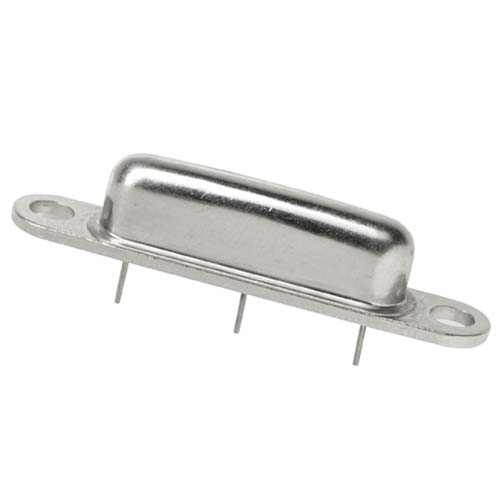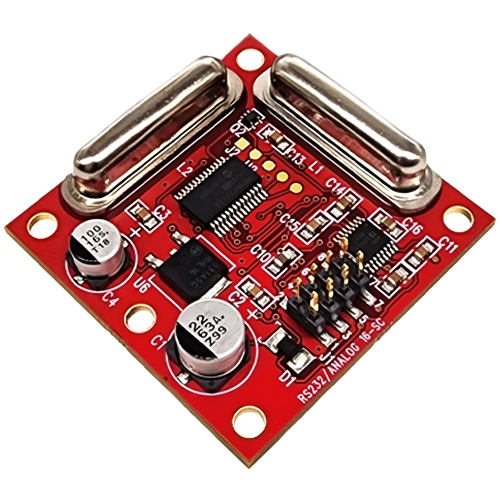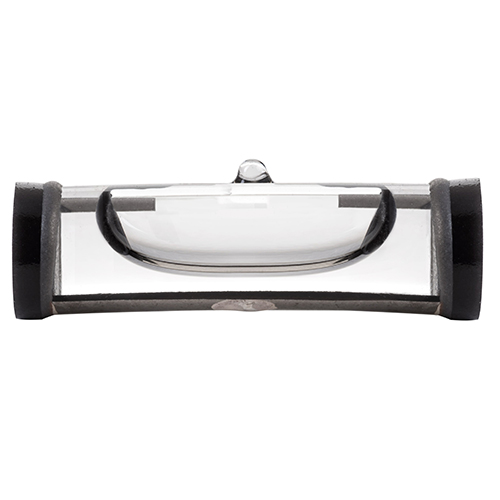The United States has lots of infrastructure, and a lot of that infrastructure is aging. This includes bridges, tunnels, railways, and buildings, and many other structures. As the structures age, so do the materials used to build them. They’re exposed daily to the elements, like extreme weather (high wind, rain, snow, etc.) and temperatures (both hot and cold), day in and day out, year in and year out, decade after decade. As the materials age, they can strain and crack, losing their structural integrity, which can cause the structure to collapse. Because of this, it’s very important to monitor structural health.
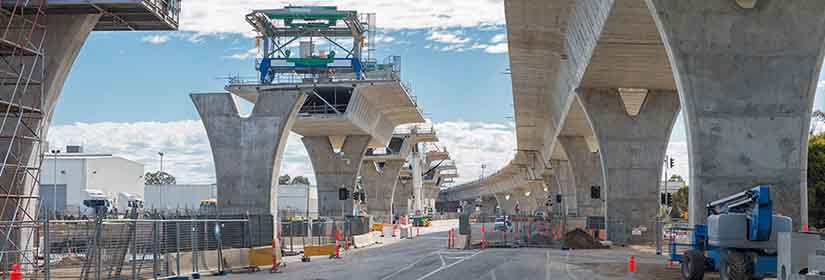
As an example, many bridges have bearings in them, and these bearings allow the bridge to shift without cracking the primary concrete structure. If the bearings stick, this can lead to cracks in the concrete, which can lead to the bridge collapsing. Sticking bearings were something that our sensors, specifically the 0703-0711-99 sensor with a ±3° measurement range and ±0.001° repeatability, were used to detect by a structural health monitoring company called Resensys. To learn more, click here to read this case study.
Our electrolytic tilt sensors are ideal for geotechnical monitoring and structural health monitoring applications because they’re extremely repeatable over time and resilient to temperature, unlike MEMS based sensors and other tilt sensor and inclinometer solutions. This makes them ideal for harsh outdoor environments and continuous year-round use. Additionally, our electrolytic tilt sensors are extremely low power, making them highly suitable for battery powered applications. The Resensys devices mentioned in the above case study are battery powered and run continuously for up to 10 years.
Again, looking at the 0703-0711-99 tilt sensor with a ±3° measurement range and ±0.001° repeatability, this tilt sensor has a typical impedance of 50 kΩ so we can do some simple math with Ohm’s law (V = IR, or voltage = current times resistance) and the equation for electric power (P = VI, or power = voltage times current) to determine the power consumption. For this example, let’s assume that the supply voltage is from a 3.3 V DC microcontroller:
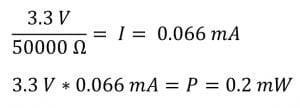
In addition to old infrastructure, new infrastructure includes sensors, and the construction of new infrastructure requires that surrounding structures be monitored throughout the new construction to make sure they aren’t impacted. As an example, let’s say there was a railway tunnel underneath a new building. Sensors would likely be placed on the rails themselves as well as on the walls of the tunnel. These are often referred to as horizontal in-place inclinometers or beam sensors/inclinometers which are linked together, providing measurements along the full length of a structure.
There are a variety of other ways our sensors can be used for geotechnical monitoring and structural health monitoring applications, including earthquake monitoring and landslide monitoring, among other things. For earthquake monitoring, our glass electrolytic tilt sensors provide unparalleled accuracy with repeatability down to ±0.0003° or ±1 arcsecond (see below to understand the conversion) for the 0737-1203-99 tilt sensor.
In the geotechnical monitoring and structural health monitoring realm, measurements are often referred to in arcseconds. The conversion from degrees to arcseconds is simple, where 1° = 3600 arcseconds. So for the 0737-1203-99 sensor with ±0.0003° repeatability, we can do the following conversion:
![]()
Recommended Tilt Measurement Solutions for Geotechnical Monitoring and Structural Monitoring Equipment
Operating Range: ±3°
Repeatability: ±0.001°
Operating Range: ±3°
Interface: Analog and RS-232
Operating Range: ±0.5°
Repeatability: ±0.0003°
Encapsulated 0719-3703-99 Tilt Senor
Operating Range: ±0.5°
Repeatability: ±0.0003°






